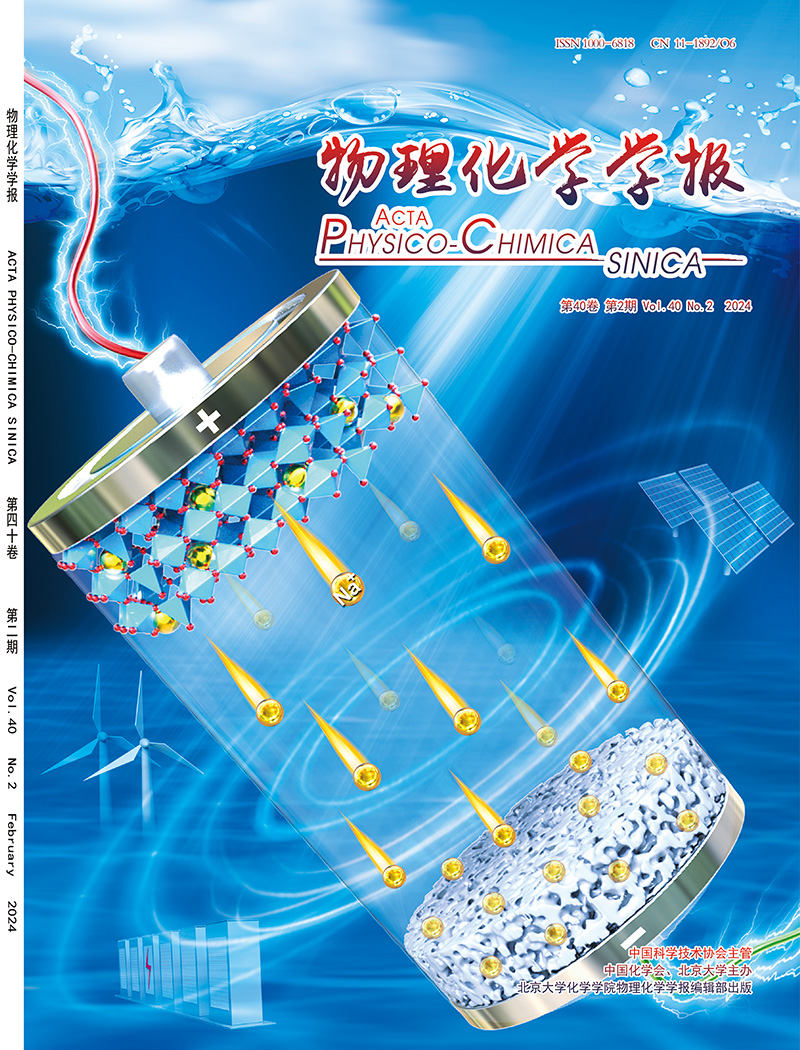Inorganic-organic CdS/YBTPy S-scheme photocatalyst for efficient hydrogen production and its mechanism
IF 13.5
2区 化学
Q1 CHEMISTRY, PHYSICAL
引用次数: 0
Abstract
S-scheme heterojunctions have garnered significant attention for efficient photocatalytic H2 evolution due to their superior charge separation and maximized redox potential. In this study, we developed a novel pyrene-benzothiadiazole conjugated polymer (YBTPy) through Yamamoto coupling, followed by the in situ deposition of CdS nanoparticles via a solvothermal method to construct a CdS/YBTPy S-scheme heterojunction photocatalyst. The optimized composite, designated as CP5, demonstrated a hydrogen production rate of 5.01 mmol h−1 g−1, representing a 4.2-fold enhancement compared to pristine CdS (1.20 mmol h−1 g−1). The characteristic S-scheme charge transfer pathway at the heterojunction interface was elucidated using in situ irradiated X-ray photoelectron spectroscopy in conjunction with Kelvin probe force microscopy. Additionally, femtosecond transient absorption spectroscopy was employed to investigate the dynamics of photogenerated charge carriers. This work provides a new theoretical foundation for the design of organic–inorganic hybrid S-scheme photocatalytic systems.

无机-有机CdS/YBTPy s型高效产氢光催化剂及其机理
s -方案异质结由于其优越的电荷分离和最大的氧化还原电位而引起了人们对高效光催化氢演化的极大关注。在这项研究中,我们通过山本偶联开发了一种新型的芘-苯并噻唑共轭聚合物(YBTPy),然后通过溶剂热法原位沉积CdS纳米粒子,构建了CdS/YBTPy S-scheme异质结光催化剂。优化后的复合材料CP5的产氢率为5.01 mmol h−1 g−1,比原始CdS (1.20 mmol h−1 g−1)提高了4.2倍。利用原位辐照x射线光电子能谱结合开尔文探针力显微镜分析了异质结界面S-scheme电荷转移的特征路径。此外,利用飞秒瞬态吸收光谱研究了光生载流子的动力学。该工作为有机-无机杂化S-scheme光催化体系的设计提供了新的理论基础。
本文章由计算机程序翻译,如有差异,请以英文原文为准。
求助全文
约1分钟内获得全文
求助全文

 求助内容:
求助内容: 应助结果提醒方式:
应助结果提醒方式:


